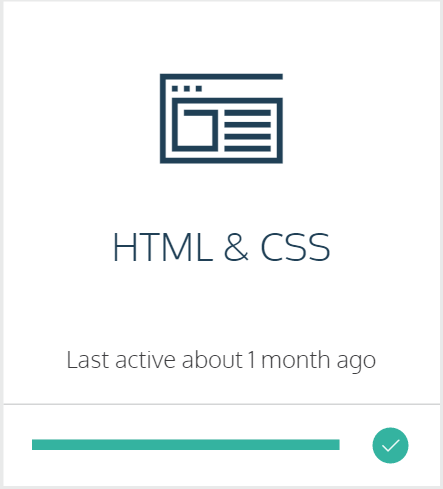(Previous: More Than a Hobby: Programming as a Job)

For most software developers, being able to learn and adapt on the job is critical for success. Most of the tutorials and documentation I use for learning teach one small thing at a time: how to use .map in JavaScript, or how to create forms in html, or how to get data using AJAX calls, to name a few pretty standard skills. Continue reading “Problem Solving Strategies: Small Incremental Changes”


